Survey of chronic pain in Chile – prevalence and treatment, impact
Por um escritor misterioso
Descrição
Background and aims The prevalence of chronic non-cancer pain has not been specifically reported in Chile. Methods In order to assess its prevalence and impact, we designed a tool based on previously published survey studies. We analyzed a sample of 784 subjects to determine the prevalence of chronic non-cancer pain, with a maximum variability of 50%, a confidence interval (CI) of 95%, and an estimation error of 3.5%. Finally, a cross-sectional cell phone survey was conducted on a nationally representative probability sample of 865 subjects of over 18 years, in November 2013. The prevalence of chronic non-cancer pain was estimated by using expansion factors according to national projections by age group and gender, from the Chilean National Institute of Statistics for the year 2010. Results The estimated prevalence of chronic non-cancer pain was 32.1% (95% CI: 26.5–36.0). The respondents with chronic non-cancer pain presented the following results: 65.7% had moderate pain, and 20.8%, severe pain; 65.6% had somatic pain, 31.7% neuropathic pain, and 2.7% visceral pain. Approximately 70% reported they were receiving some kind of pharmacological treatment with certain frequency. In 64.9%, medication was prescribed by a physician. The prevalence of sick leave in workers was 30.22%, with a median duration of 14 days (interquartile range: 14; range: 1–60). Conclusions Chronic non-oncological pain occurs in 32% of Chilean adults. These figures provide the first measurement of chronic non-cancer pain in the Chilean population. Implications Chronic non-oncological pain impact as a public health problem is revealed, given the high prevalence found, and the elevated private and social costs involved.
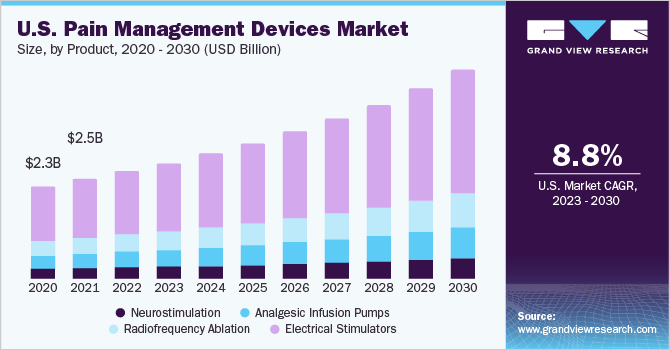
Pain Management Devices Market Size & Share Report 2030

Cardiovascular Risk and Events in 17 Low-, Middle-, and High-Income Countries
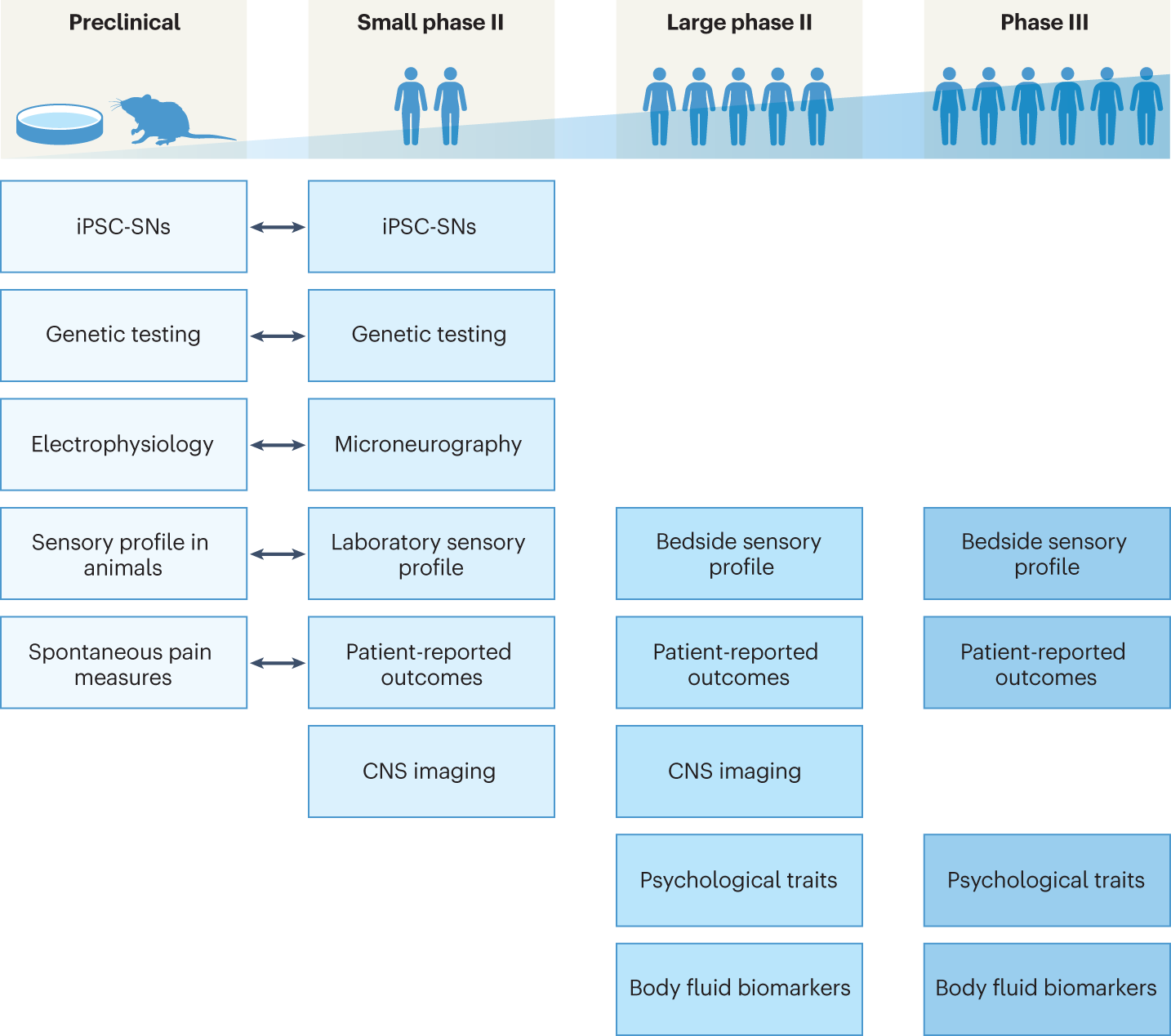
Maximizing treatment efficacy through patient stratification in neuropathic pain trials
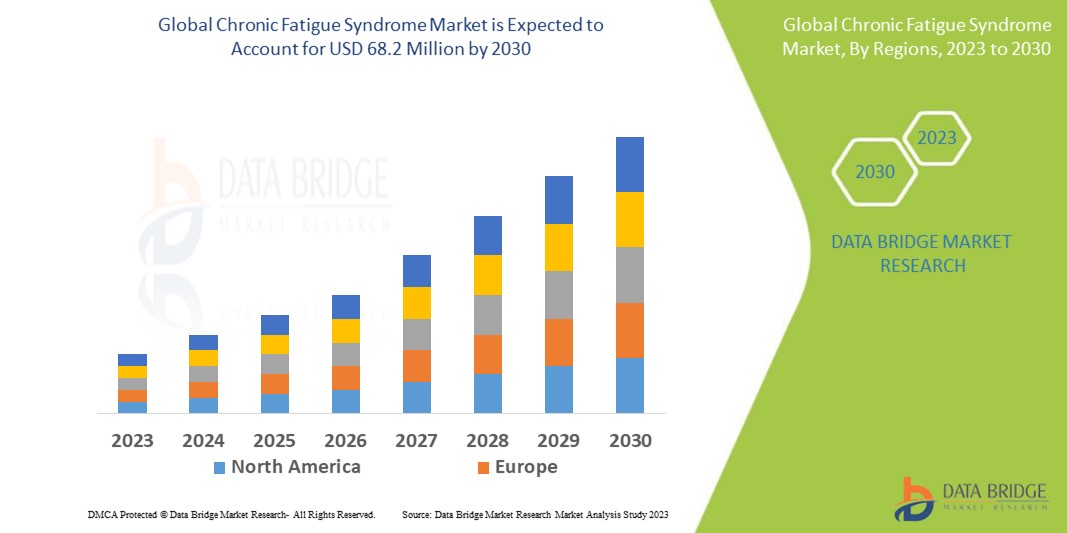
Chronic Fatigue Syndrome Market Size, Research & Forecast By 2030
Cost analysis of chronic pain due to musculoskeletal disorders in Chile
II Alexithymia: Socio-Cultural Implications in with Chronic Pain - Richard F.H. Catchlove, 1987

Chronic Pain & Management
/cloudfront-eu-central-1.images.arcpublishing.com/prisa/FI6MKO3UOJAXFLCRUWNEK3ITRA.jpg)
The collateral damage of endometriosis: Increased risk of cancer, chronic pain and infertility, Health

Systematic Analysis of the Global, Regional and National Burden of Kidney Cancer from 1990 to 2017: Results from the Global Burden of Disease Study 2017 - European Urology Focus

Full article: The prevalence of chronic pain with an analysis of countries with a Human Development Index less than 0.9: a systematic review without meta-analysis
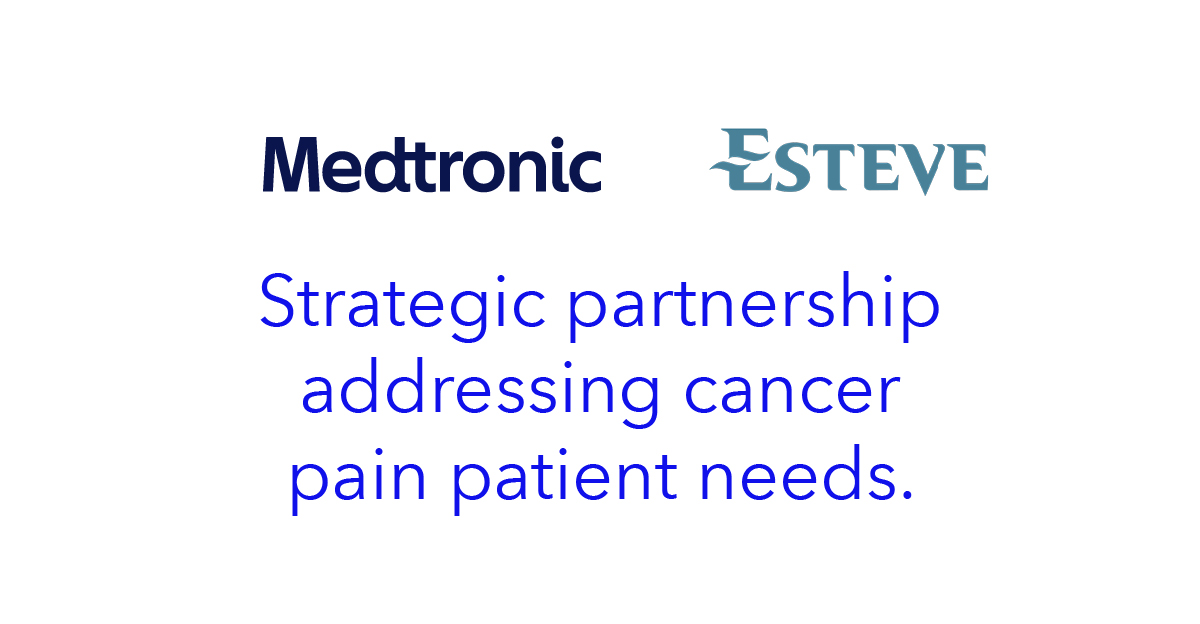
Medtronic News - Business & regional news
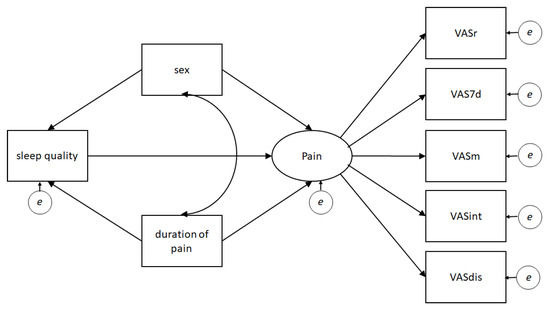
IJERPH, Free Full-Text

Visceral Pain Treatment Market - Region and Forecast (2023-2029)

Global, regional, and national trends in opioid analgesic consumption from 2015 to 2019: a longitudinal study - The Lancet Public Health

Leading health problems worldwide 2022
de
por adulto (o preço varia de acordo com o tamanho do grupo)







